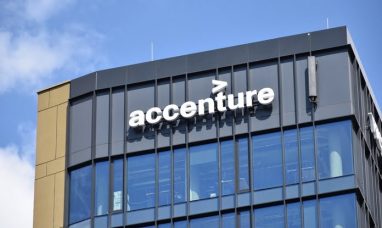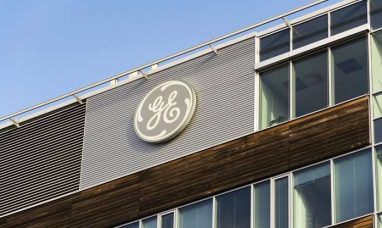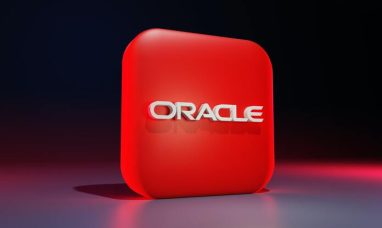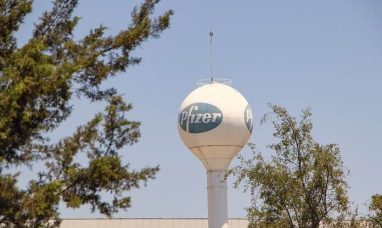The Beachbody Company (NYSE:BODY), a product of the epidemic, went public in 2021 amid great hoopla. In-home exercise received one of the most significant boosts to some industries from the pandemic. Many businesses capitalized on the trend, and I don’t necessarily blame them for “making hay while the sun shines.” But it was the investors’ responsibility to exercise due diligence. Investors, on the other hand, chose to ignore valuation and bought into the company’s narrative of expansion and projections, TAM, buzz, and celebrity endorsements. We are now left with a penny stock that has failed to deliver on any of its promises and does not have any firm intentions to reestablish itself. I’ll compare the scenario over the course of the next several paragraphs to see what lessons an investor can take away.
Endorsement by Famous People
Along with other businessmen, Shaquille O’Neal gathered funds for a SPAC that subsequently merged with Beachbody. His name was everywhere at the moment to “sell” the acquisition to investors. Anyone who bought into the hoopla has seen an investment drop of more than 95% and is scrambling for explanations.
This is the first thing I want to draw attention to for investors. It’s time to start being skeptical about investments whenever a company begins an investment pitch by employing celebrities to support its products or by claiming that major celebrities are connected to the company (Most recent example, Tom Brady and FTX) Of course, saying this may be unjust, but an investor must keep in mind that “business is business” and “personal is personal.” Don’t combine the two.
TAMSanity
I watched Jim Chanos, the most well-known short seller of our time, coin this phrase. It is an ironic play on the term “total addressable market.” In essence, this means that businesses target a large portion of the addressable market with the inferred, and occasionally explicit, promise that it will increase their bottom line. Investors are responsible for treating this information with caution. I did think the corporation was guilty of this during investor presentations two years ago, and some of the numbers in their presentation were absurd.
Projections
The ability of the sponsors to include projections as part of the offer was one of the early benefits of using the SPAC route to the public market. The majority of the public can still make up the figures to pump an investment even though some of these restrictions may have been tightened recently; this lesson will be useful to us regardless of the new SEC regulations. Although the company’s past years barely registered any growth, its predicted growth ranged from 15% to 35%. It used its own terminology to support these optimistic growth forecasts, and this is yet another instance where investors should exercise caution.
At the present, the business is unable to reach its 2022 projections. Comparing the nine-month period that concluded on September 30, 2022, to the same period in 2021, overall revenue dropped by 17%, and the net loss increased to $149M from $82M. They still have a long way to go before reaching their $1.4B estimates based on their 9-month revenue of $544M.
Maybe my optimism is lacking and I need to have more faith in them.
Not just EBITDA, but also adjusted EBITDA. This well-known statistic is frequently used to attract investments and demonstrate that the business is or would be successful. Even if EBITDA is already a made-up statistic (non-GAAP), when you say adjusted, you mean even more made-up. The following year’s adjusted EBITDA was already expected to be negative from their projections, but for the years after, the corporation said this would simply start shooting upward by some excuse.
Valuation
The comparisons provided by the corporation to potential investors while pitching this merger made no logic. It was comparing its EV/R on the digital subscription side to well-known mega caps like Netflix and Disney, and on the consumer health and wellness side, there was Chewy. I suppose it’s simple to make your argument on anything if you choose your competitors carefully.
Now that we’ve advanced in time, appraisals make a little more sense. The majority of measures are irrelevant because the company is still gravely unprofitable. With a PS ratio of 0.25 right now, Beachbody stock appears undervalued following a 95% decline. However, its rate of growth is continuing to plummet, and if history is any guide, it will only get cheaper.
Last Call
Beachbody’s cash on hand is sufficient to pay down its debt. This will give it a chance to survive for a while. However, due to its lack of profitability and negative cash flows, its cash runway is constrained. The company’s future is bleak unless it can raise money through loans or other ways. It’s difficult to justify this company’s purchase unless an investor approaches it from a valuation perspective and adds some further guesswork. The Beachbody stock gets a Strong Sell from me.
Featured Image: Pexels @ Karolina Grabowska









